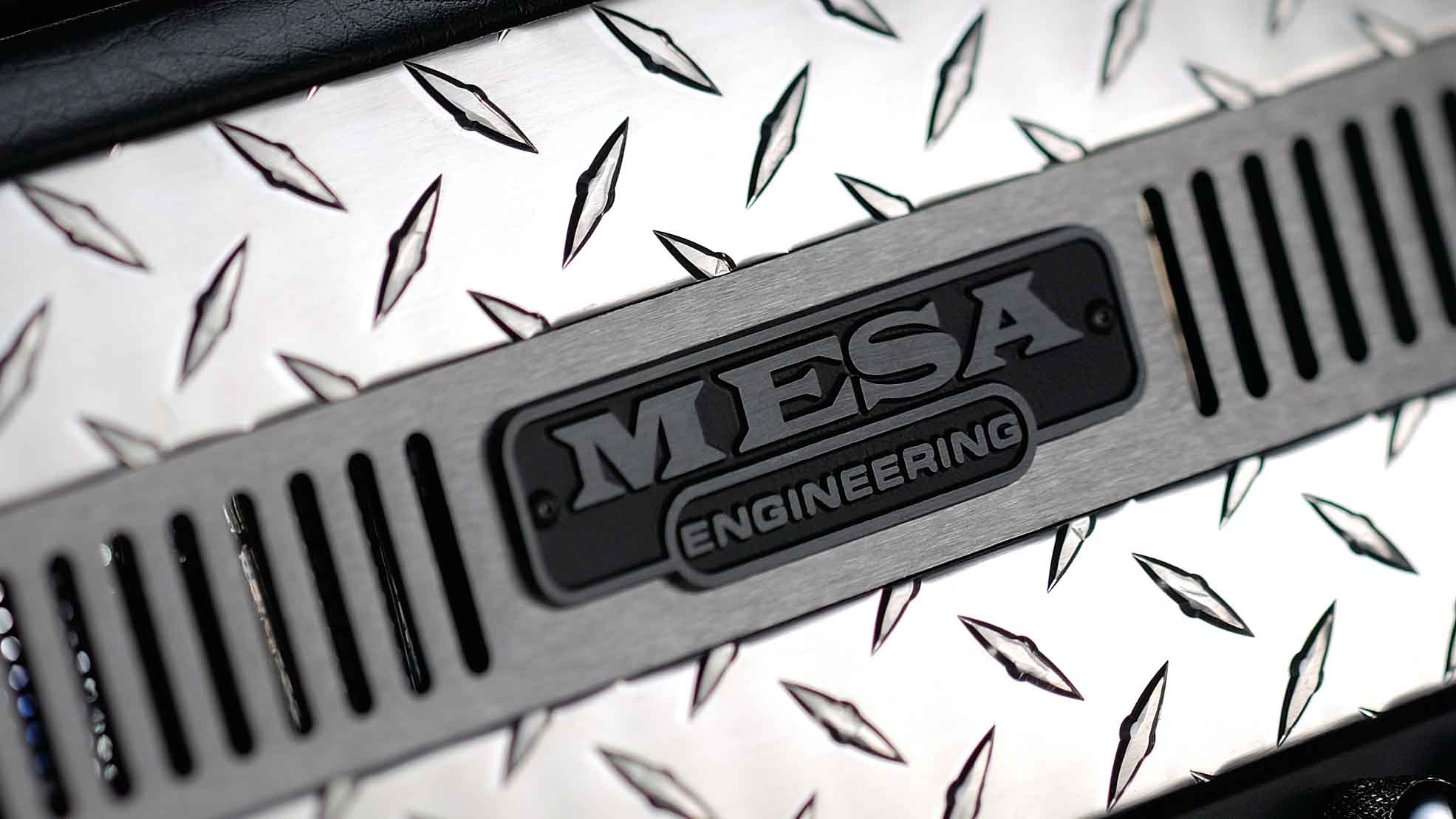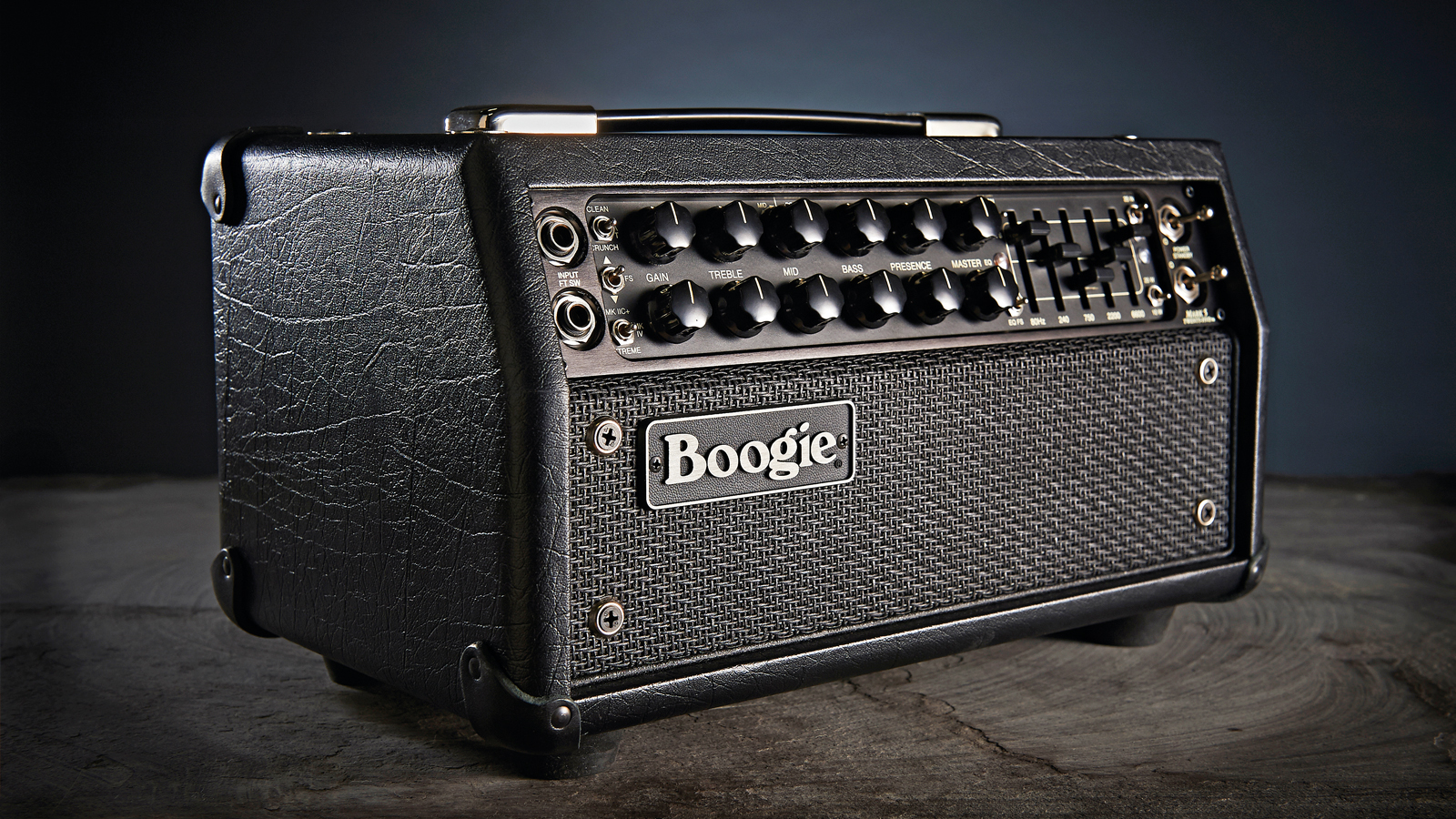
Mesa/Boogie founder and guitar amp guru Randall Smith might have left the Gibson-owned company in August 2024 but his passion for all things amplification remains undiminished, and he has found a new outlet on YouTube, with his new channel essential viewing for anyone interested in the history of the brand, and how Smith approached his groundbreaking amp designs.
In his latest video, Smith revisits the topic of high-gain, and explains the benefits of analogue tube amp designs, and the impact that muscle car culture had on the design of his amps.
As Smith sees it, what he did was no different to the mechanics in his California locale, tinkering with an engine to get more power. “The whole racing deal is the same as what I’m doing. It’s hotrodding shit,” he says. “I take a standard Fender amp and I hotrod it. It’s not much different from taking a Chevy engine and hotrodding it.”
It is not just a similar principal. When he was designing out of Mesa/Boogie’s Petaluma headquarters, it occurred to him that the sound of the engines and the harmonic content of an electric guitar power chord through an overdriven tube amp were uncannily similar.

Joe Huffaker, one of the icons of Bay Area automobile hotrodding, had a shop just next to the Boogie HQ. When they were working on the Dual Rectifier, arguably the most important high-gain guitar amp of all time, Smith and Doug West, the present-day director at the Tone Lab, Gibson Amplifiers and Mesa/Boogie, would listen to the sounds of engines being pushed as Huffaker measured their output on his dynamometer.
“We were listening to those engines while we were doing the Dual Rectifier, going, ‘Listen to that, man!’ First of all, we were expecting them to blow up [makes engine noise]. The thing is just screaming!” says Smith. “And we’re listening and it’s like, ‘Man, that’s a heavy metal harmonic – that’s got a huge fifth harmonic in there,’ the American V8. Ha! I swear that’s where some of the relationship [to] why heavy metal sounds so recognisable, it just sounds so powerful and badass.”
To Smith’s ear, this sound is something fundamental to American popular culture. He draws the parallel with roaring engines in George Lucas’ American Graffiti and heavy metal guitar tone.
“We all grew up – and I mean most of us Americans, especially my age – with V8 cars,” he continues. “Four cylinders? Great. There’s no problem with that. But there’s something about the harmonics of a V8, particularly a V8 dragster engine, that’s just mind-blowingly badass and powerful sounding, and, man, if you listen to the harmonics of a heavy metal open fifth, it’s so similar. Like Dougie and me – tone boy Doug West – we have been laughing, listening to that. ‘Is that thing going to blow up!?’”
Like most innovators, Smith was ahead of his time. Not everyone understood what he was after, which was understandable because his designs were swimming against the tide.
In the entire history of amplification, every other patent except the ones that I have written are how to get rid of distortion and mine are how to create distortion
At the time, Fender was trying to increase the headroom in their amplifiers. Many engineers were looking at distortion as a problem to fix. Smith saw it as the solution to what players such as Carlos Santana had been looking for.
“Once again, in the entire history of amplification, every other patent except the ones that I have written are how to get rid of distortion and mine are how to create distortion,” says Smith. “The patent guy said, ‘Wait a minute, this won’t work.’ I said, ‘What do you mean?’ He said, ‘Well it’s going to distort.’ ‘Well that’s the point!’ But it was so foreign to the guy it was like, well, I am going to add food poisoning to the menu… He just couldn’t conceive of it. And that’s one reason why I was able to come along when Fender was working hard to reduce the amount of distortion – they were going for the hi-fi thing.”

What if everyone did that? Well, Smith argues that music today might sound a little different.
“If you only had linear hi-fi production there would be no heavy metal,” he says. “It would only have the same tonality that you would get out of an acoustic guitar played around a campfire. You could play your power fifths and it wouldn’t have the enhancement or the sustain.”
You can check out the full video above and subscribe to Randall Smith’s YouTube channel for more insights into amps and the Mesa/Boogie story. In other Mesa/Boogie news, the company recently reissued the Mark IIC+, one of the all-time legendary tube amps, used and abused over the years by the likes of Dream Theater’s John Petrucci and Metallica.







